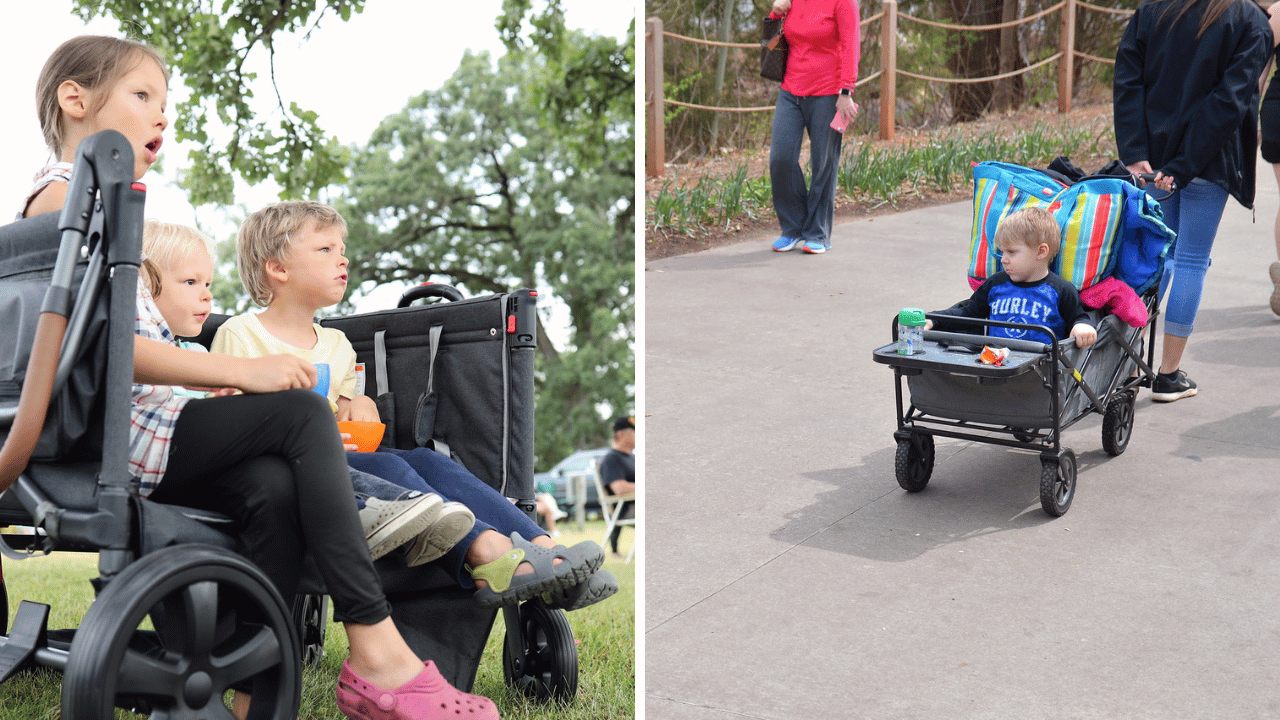Rolling over is a major milestone in your baby's development, and it's an exciting time for both you and your little one. This seemingly simple act has numerous cognitive, physical, and psychological benefits that help your baby grow and unlock their full potential. Most babies start rolling over between the ages of 3 to 6 months. So, if you've got a little one in this age range, you're in the right place!
In this article, we'll share with you ten research-driven tips that parents can use to help their babies roll over. Plus, we'll sprinkle in some personal anecdotes and expert advice to make the journey all the more enjoyable. Let's get rolling!
1. Make Tummy Time Fun
Tummy time is crucial for your baby's development. It helps strengthen their neck, back, and shoulder muscles, which are essential for rolling over. Make tummy time enjoyable by getting down on their level and engaging with them. Sing songs, make funny faces, or even read a book together. Dr. Smith, a renowned pediatrician, says, "The more fun tummy time is, the more likely your baby will enjoy it and want to roll over."
2. Use Interesting Toys
Introduce colorful, textured, and noisy toys during playtime to grab your baby's attention. Place the toys just out of reach to encourage your baby to stretch, reach, and eventually roll over.
3. Reward Their Efforts
Babies love praise! When your little one makes an effort to roll over, reward them with claps, cheers, and lots of love. This positive reinforcement will motivate them to keep trying.
4. Give Them Space
Ensure your baby has a safe, open space to practice rolling over. Clear away any potential hazards and provide a soft, comfortable surface like a play mat or blanket.
5. Guide Them Gently
Sometimes, your baby might need a little nudge in the right direction. Gently guide them through the motion of rolling over by placing your hands on their hips and helping them shift their weight.
6. Soothing Voice Tones
Your voice is a powerful tool to encourage your baby. Speak to them in soothing, encouraging tones while they practice rolling over. This will help them feel secure and supported during their efforts.
7. Try The "Rolling Ball" Technique
This fun exercise involves placing your baby on their back and gently moving their legs in a circular motion, like pedaling a bicycle. This can help them get used to the sensation of rolling over.
8. Be Patient
Every baby develops at their own pace, so don't stress if your little one isn't rolling over as quickly as others. Keep practicing, and soon enough, they'll be rolling like a pro!
9. Show Them How It's Done
Babies are great imitators. Lie down next to your baby and demonstrate rolling over yourself. This can inspire them to give it a try too!
10. Consult Your Pediatrician
If you're concerned about your baby's progress, don't hesitate to consult your pediatrician. They can provide expert advice and reassurance tailored to your baby's specific needs.

Remember, the journey of rolling over is an exciting time for both you and your baby. By following these tips, you'll empower and encourage your little one to reach this major milestone and unlock their full potential. Happy rolling!









